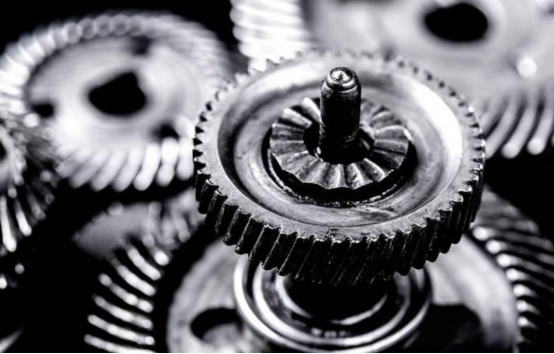Gear casting is a cost-effective manufacturing method for producing gears, especially for large-scale production or specific applications where machining may be too expensive or impractical. Key advantages of cast gears are listed as following:
- Cost-Effectiveness for High Volumes
- Lower per-unit cost at high production volumes due to reusable molds.
- Reduced material waste compared to machining, as the gear is formed near-net shape.
- Less machining required (often only finishing operations are needed).
- Ability to Produce Large Gears
Casting is ideal for large-diameter gears (e.g., wind turbine gears, mining equipment), where machining would be too slow or expensive.
No size limitations from machine tool capacity (unlike hobbing or shaping).
- Complex Geometries & Integrated Designs
Hollow structures, internal features, and custom shapes can be cast in one piece, reducing assembly needs.
No need for multiple machining setups, as the gear teeth can be cast near-net shape.
- Material Flexibility
Can use cast iron, ductile iron, steel, bronze, or aluminum alloys, depending on application needs.
Special alloys (e.g., wear-resistant or corrosion-resistant) can be cast more easily than machined.
- Faster Production for Certain Applications
No need for time-consuming gear cutting (hobbing, shaping, or grinding) for low-to-medium precision applications.
Rapid prototyping possible with sand casting or 3D-printed molds.
- Weight Reduction Opportunities
Thin-walled designs are possible, reducing material use without sacrificing strength.
Hollow or rib-reinforced structures can be cast, which would be difficult to machine.
- Good for Low-to-Medium Precision Needs
Suitable for applications where noise and vibration are not critical (e.g., agricultural machinery, conveyor systems).
Post-casting machining can improve accuracy if needed.
Typical Applications of Cast Gears
✔ Industrial machinery (gearboxes, large drives)
✔ Mining & construction equipment (heavy-duty gears)
✔ Wind turbines (large ring gears)
✔ Marine propulsion systems (corrosion-resistant bronze gears)
✔ Agricultural equipment (durable, cost-effective gears)
Limitations to Consider
Lower precision compared to machined gears (may require finishing).
Potential for defects (porosity, inclusions) affecting strength.
Not ideal for high-speed or high-load applications unless post-processed.
Cast gears are an excellent choice for cost-sensitive, large-scale, or large-size gear production, especially where extreme precision is not required. Advances in casting technology (e.g., investment casting, 3D-printed sand molds) are improving the quality and expanding the applications of cast gears.

